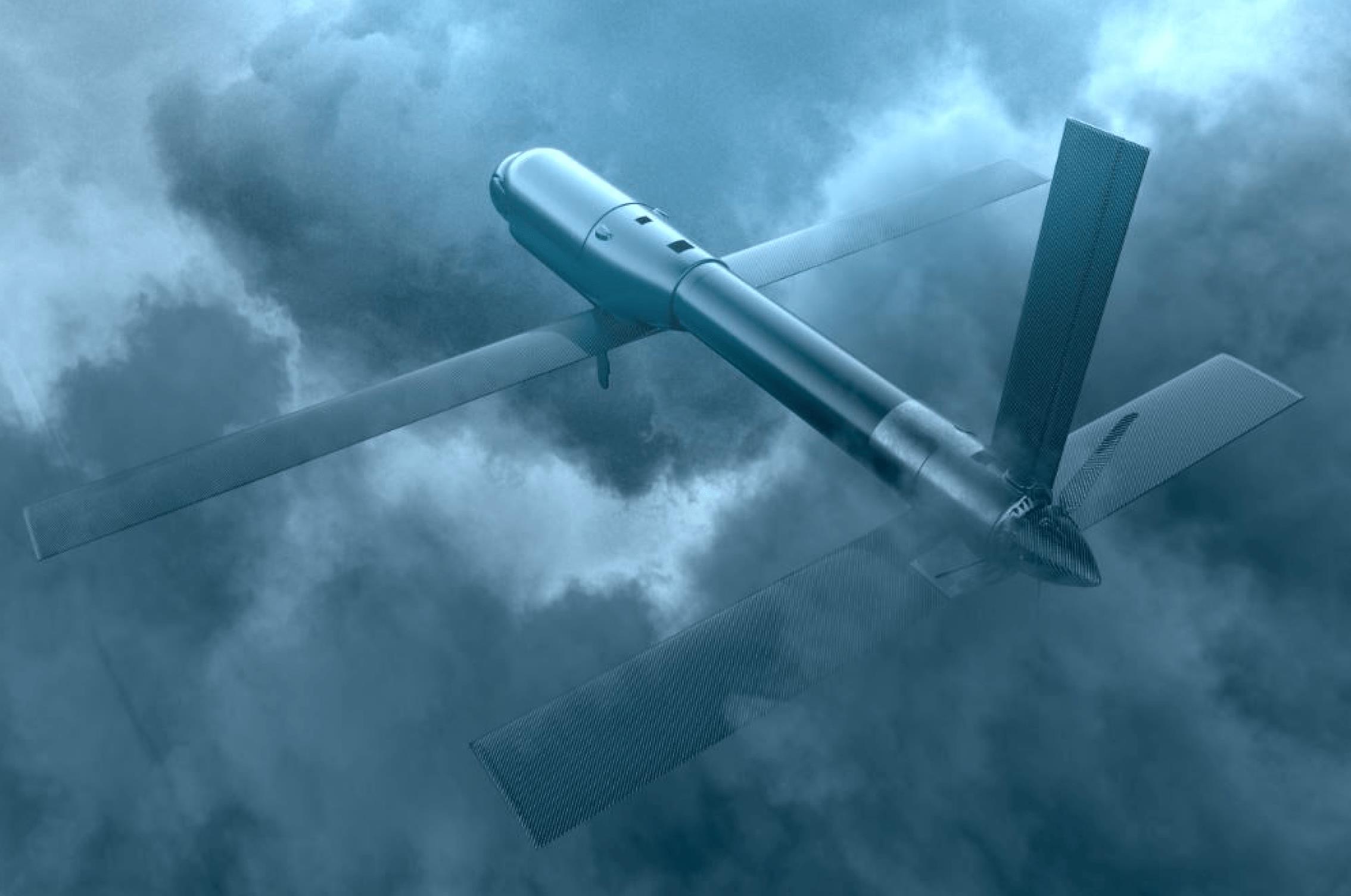
US Replicator Drone Drive To Pack Suicidal Switchblades
This month, multiple media sources reported that the US Pentagon has confirmed the inclusion of AeroVironment's Switchblade 600 drone in its Replicator initiative, which seeks to rapidly augment US military capabilities with autonomous systems.
Announced by US Deputy Defense Secretary Kathleen Hicks in August 2023, Replicator aims to deploy thousands of unmanned aerial and surface vehicles within two years to strengthen the US presence in the Indo-Pacific, countering China's military expansion.
The first set of technologies under Replicator includes various drones and unmanned systems from a mix of traditional and innovative defense contractors, with many specifics undisclosed for security reasons.
The Switchblade 600, which has proven its worth in Ukraine by effectively engaging armored vehicles at distances over 38 kilometers, is a significant part of the tranche.
The Pentagon's strategy involves leveraging commercial technology to swiftly address operational needs, supported by a budget allocation of approximately US$500 million for this fiscal year, with an additional request matching this amount for the next.
The initiative also seeks to diversify its maritime drone vendor base through the Production-Ready Inexpensive Maritime Expeditionary (PRIME) program, indicating a broad push to integrate commercial innovations into defense operations.
This move signifies a pivotal shift in US military strategy, emphasizing rapid development and deployment of technologically advanced autonomous systems to maintain strategic superiority and adaptability in the face of evolving near-peer threats.
In September 2023, Asia Times reported that the US Department of Defense (DOD) launched Replicator as a strategic response to China's military advancements, focusing on a potential conflict over Taiwan and an 18 to 24-month timeline for deployment.

Youthful Vietnamese migrants protest vs rulers back home

'Burning furnace' purge stoking new faith in Vietnam

Over a third of urban Chinese live in sinking cities
The Pentagon's Defense Innovation Unit (DIU) is collaborating with tech companies to develop low-cost autonomous drones quickly under Replicator. New advancements in AI and mesh networks have made Replicator possible.
Replicator drones are envisioned to work autonomously and in limited bandwidth conditions, making it faster and easier to deploy closer to the tactical edge than traditional systems.
In operational terms, Kris Osborne notes in a Warrior Maven article this month that Replicator is expected to carry out various missions such as surveillance, testing or jamming enemy air defenses, patrolling coastal areas, launching drone swarm attacks and destroying enemy drones.
According to Osborne, the Pentagon has termed Replicator's tactical components“All-Domain-Attributable-Autonomy” (ADA2). This concept aims to enhance the deployment of affordable unmanned systems that can work together in a coordinated manner across various domains while ensuring seamless and high-speed mission execution.

Switchblade 600 is an extended-range loitering missile system capable of multi-domain operations. Photo: AeroVironment, Inc
He notes that to create an“attritable” drone force, engineers are developing small, low-cost drones that can be lost with little impact. Redundancy is also a factor, as multiple drones can provide data and continue the mission even if some are destroyed or disabled.
Osborne points out that using multiple nodes to cover the same area with different surveillance methods effectively tracks and targets enemies.
As stated by Hicks, Replicator encompasses other US drone projects aside from Switchblade. In February 2024, Asia Times reported that the Pentagon is looking for low-cost autonomous drone boat designs to improve maritime capabilities based on the success of operations in conflict zones like the Ukraine war.
The Pentagon is seeking proposals for the PRIME Small Unmanned Surface Vehicle (SUSV) project, which envisions fleets of low-cost, highly autonomous unmanned boats that can chase and attack non-cooperative ships.
The designs must be able to travel between 500 and 1,000 nautical miles, carry 450 kilograms of payload and navigate autonomously, even in GPS-denied environments.
The PRIME project also aims to enhance the capabilities of foreign allies and partners by accepting various modular payloads and collaborating with proximate drones, with a focus on potential conflict in the Taiwan Strait.
Despite the push for Replicator to get up to speed, it faces numerous challenges including bureaucracy, cultural barriers, a weak US drone production base and China's advancements in drone technology.
In a December 2023 Defense News article , Noah Robertson notes that Replicator faces the bureaucratic“valley of death”-the gap between the Pentagon's liking of an idea and its actual buying it.
Robertson also asks whether Replicator can survive its internal bureaucratic challenges and cultural barriers in the US military, such as US shipbuilding wedded to large, traditional projects instead of fully embracing unmanned systems . Such challenges, he says, make US military circles view Replicator with more caution than optimism.
Unshin Lee Harpley mentions in an October 2023 Air and Space Forces Magazine article that Replicator's main obstacle is integrating unmanned systems to communicate, manage and operate together. Harpley also says Replicator can divert limited resources from other projects without additional funding.

Sign up for one of our free newsletters
- The Daily ReportStart your day right with Asia Times' top stories AT Weekly ReportA weekly roundup of Asia Times' most-read stories
Replicator also faces a challenge in expanding US drone production. In a March 2024 Vox article , Joshua Keating says that while Replicator is trying to modernize the outmoded Pentagon's acquisition and development processes, it generally takes 16 years for the US to implement a new idea. China takes fewer than seven years to operationalize a new concept, he writes.
Keating also points out that the US drone industry lags behind China, as China dominates the dual-use commercial drone market. He notes, for instance, that Ukraine is buying 60% of Shenzhen-based DJI's output of Mavic quadcopter drones.
China is also fielding its expendable swarming drone technology advancements to match Replicator. For instance, in March 2024, Asia Times reported that Chinese scientists have developed a new military drone that can multiply rapidly while in flight, creating a tactical show of force against potential enemies.
These drones have a one-blade rotor design similar to a maple seed. They can fly, communicate with each other, and perform different roles such as commanding, surveying, tracking and attacking to complete a mission.
If weaponized, these drones can be put into a missile and turned into intelligent bomblets that can search and destroy targets autonomously. They can be combined with the precision of AI, the lethality of first-person view (FPV) drones and the extended range of missiles.
Thank you for registering!
An account was already registered with this email. Please check your inbox for an authentication link.

Legal Disclaimer:
MENAFN provides the information “as is” without warranty of any kind. We do not accept any responsibility or liability for the accuracy, content, images, videos, licenses, completeness, legality, or reliability of the information contained in this article. If you have any complaints or copyright issues related to this article, kindly contact the provider above.
Most popular stories
Market Research

- Manuka Honey Market Report 2024, Industry Growth, Size, Share, Top Compan...
- Modular Kitchen Market 2024, Industry Growth, Share, Size, Key Players An...
- Acrylamide Production Cost Analysis Report: A Comprehensive Assessment Of...
- Fish Sauce Market 2024, Industry Trends, Growth, Demand And Analysis Repo...
- Australia Foreign Exchange Market Size, Growth, Industry Demand And Forec...
- Cold Pressed Oil Market Trends 2024, Leading Companies Share, Size And Fo...
- Pasta Sauce Market 2024, Industry Growth, Share, Size, Key Players Analys...





















Comments
No comment